The Ministry of Finance has just sent an official dispatch to ministries, branches and localities providing additional guidance on the handover, management and handling of public assets, including infrastructure assets, assets with established public ownership, and assets of projects using state capital when implementing the arrangement and reorganization of administrative units.
The general principle emphasized by the Ministry of Finance is that the handover and receipt of public assets must be recorded in a clear record, with a complete list of assets and responsibilities of the relevant parties, ensuring no loss, waste or interruption of public services.
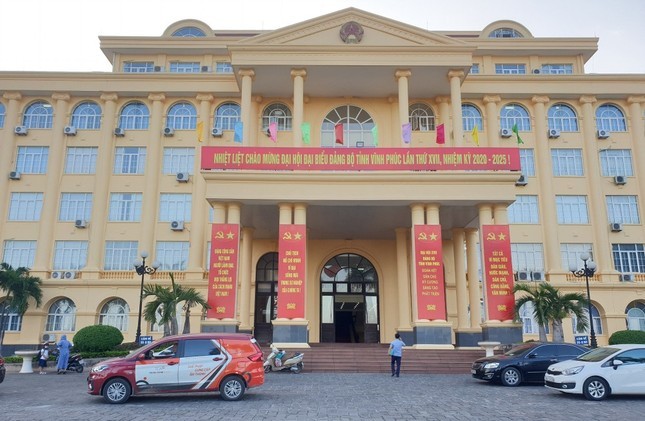 |
After the arrangement, Vinh Phuc province is expected to have 29 surplus offices. |
For headquarters and surplus infrastructure assets, depending on the management level (commune, district, province), the assets will be received and inherited by the new administrative unit. In case the assets are located in multiple locations, the Chairman of the Provincial People's Committee will decide the unit responsible for receiving and managing them.
Regarding assets that have been established as public ownership, if not yet completed before the merger, the new administrative units (at commune, district, and provincial levels) will receive and continue to handle them according to legal regulations. In the case of assets currently managed by a central agency, which is no longer managed due to restructuring of the apparatus, the Minister or head of that agency will decide to hand over the assets to the subordinate unit.
Assets belonging to projects using state capital are also specifically guided. Completed projects are handed over to beneficiaries. In case the recipient unit has not been identified or is still unfinished, the handling will follow the principles and current guidelines.
Regarding the temporary account at the State Treasury, the district-level Finance and Planning Department must transfer the account to the Department of Finance for management, ensuring the transparent and effective processing of public asset revenues and expenditures.
According to previous guidance from the Ministry of Finance, the working headquarters and public service facilities of district-level agencies, organizations and units (after being merged or dissolved) will be given priority to be re-allocated to the grassroots administrative unit where the headquarters is located; or to other State agencies and organizations (including central agencies in the area) in need. In some cases, it is possible to arrange for the shared use of a headquarters for many agencies and units; it is possible to swap within the area if the headquarters has surplus, surplus or lack of area compared to standards and norms...
Regarding the handling of surplus real estate, Mr. Nguyen Tan Thinh, Director of the Department of Public Asset Management (Ministry of Finance) said that according to statistics by the end of 2024, the country had 11,034 unused real estate, inefficiently used, and improperly used. The surplus facilities are mainly concentrated in schools and medical stations in mountainous, remote, and disadvantaged areas.
However, the handling cannot happen overnight, because it involves many factors such as planning, public investment, and changes in functions and tasks after merging administrative areas.
According to statistics from the Ministry of Home Affairs, the total number of provincial-level public offices in 52 provinces and cities that have been reorganized is 38,182. Of these, the number of public offices expected to continue to be used is 33,956. The number of surplus public offices expected to be 4,226. The arrangement and use of offices, and the handling of public finances and assets after the reorganization of provincial-level units will be implemented in accordance with Government regulations and guidance from the Ministry of Finance.
Source: https://tienphong.vn/xu-ly-tru-so-tai-san-doi-du-sau-sap-nhap-bo-tai-chinh-noi-gi-post1742709.tpo




![[Photo] Prime Minister Pham Minh Chinh chairs the meeting of the Government Party Committee Standing Committee](https://vphoto.vietnam.vn/thumb/1200x675/vietnam/resource/IMAGE/2025/8/23/8e94aa3d26424d1ab1528c3e4bbacc45)



![[Photo] General Secretary To Lam attends the 80th Anniversary of the Cultural Sector's Traditional Day](https://vphoto.vietnam.vn/thumb/1200x675/vietnam/resource/IMAGE/2025/8/23/7a88e6b58502490aa153adf8f0eec2b2)
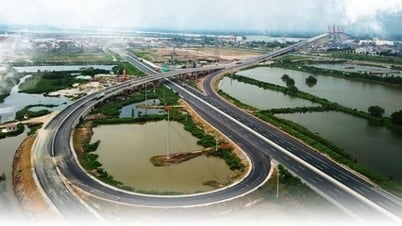



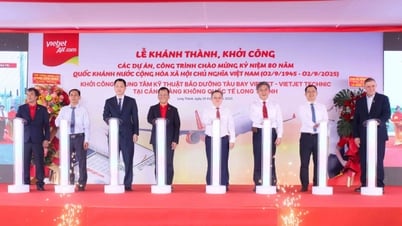


























































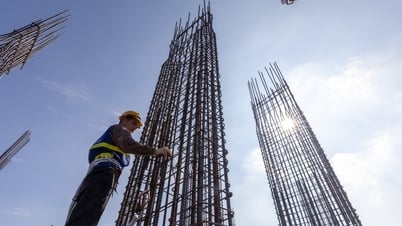



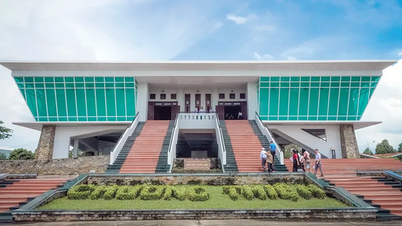



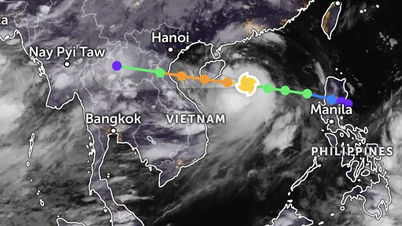

















Comment (0)